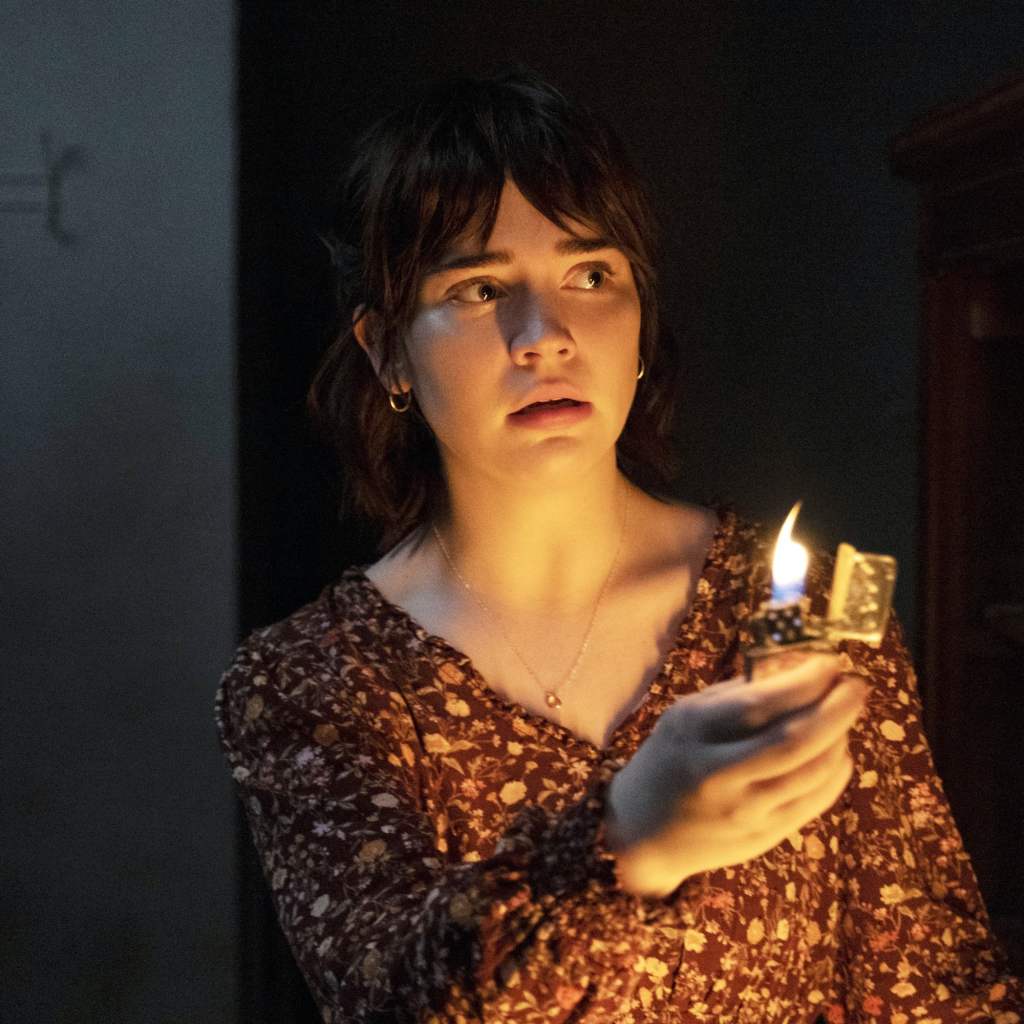The new horror movie “The Boogeyman” adapts both a Stephen King short story and a centuries-old piece of folklore. You’ve probably heard about the boogeyman before – or maybe it was even something that frightened you as a child – but how much do you know about the origins of this common monster story?
What Is the Boogeyman?
The boogeyman is a generic monster, used throughout history, as a means of frightening children against misbehavior. There are plenty of other names that the creature has been given, including “bogeyman,” “bugabear,” or “bugaboo.” Different cultures, and even different groups or families within a given culture, have different conceptions of the boogeyman. In general, though, the idea is that it is a monster that will come after individuals (usually children, given the context of the mythology) who misbehave and frighten them into behaving better.
Is the Boogeyman Real?
The boogeyman is not real, but most cultures have some version of the boogeyman myth, although they go by many, many different names. The actual “boogeyman” name most likely originated sometime in the 19th century, but the mythology of these kinds of “monsters” have been around for much longer than that. Like many other creatures of myth and fairy tale, they most likely evolved as part of cultural practices to teach children lessons, such as how to behave, respect authority figures, avoid common dangers, and so on.
What Does the Boogeyman Look Like?
Because there are so many different variations on the boogeyman mythos, there are many different descriptions of what the monster supposedly looks like. The majority have standard-issue “monster” physical traits, such as claws and sharp teeth or other animal-like features. They usually have a somewhat humanoid form (usually male-appearing) combined with these supernatural or animal features to make them more haunting. Some of them might conceal their faces or wear a cloak or hood, making them look even more mysterious and frightening.
In different myths, the boogeyman may be more or less monstrous-looking depending on its purpose. The more mischievous or scary-but-harmless versions are likely to be described in less grotesque terms than the ones that have more violent mythos.
Stephen King’s “The Boogeyman” Summary
It’s unsurprising that the king of horror, Stephen King, took inspiration from boogeyman mythology for one of his own stories. The movie version of “The Boogeyman,” which hits theaters on June 2, is adapted from King’s 1973 short story of the same name. The story features a framing device in which the main character, Lester Billings, visits a psychiatrist, Dr. Harper, to talk about the mysterious and traumatizing deaths of his children. According to Lester, his first two children both died under strange circumstances that were found to be tragic but coincidental and unrelated. The only thing they had in common was that both shouted, “Boogeyman!” before being left alone, and a closet door was found open in their rooms after their deaths.
When Lester’s wife, Rita, finds out she’s pregnant again, they decide to move far away in hopes of leaving their tragic past behind. Lester still fears that the monster will track them down, and things take a very creepy turn from there, complete with a final major twist in the story. The film version gives the story a fresh twist, focusing on two sisters and their recently-widowed father (a therapist) as they come into contact with a malevolent entity. King’s take on the mythology draws on the versions of the monster that do actual harm, rather than just frightening people, but it’s far from the only version of the “boogeyman” story out there.

